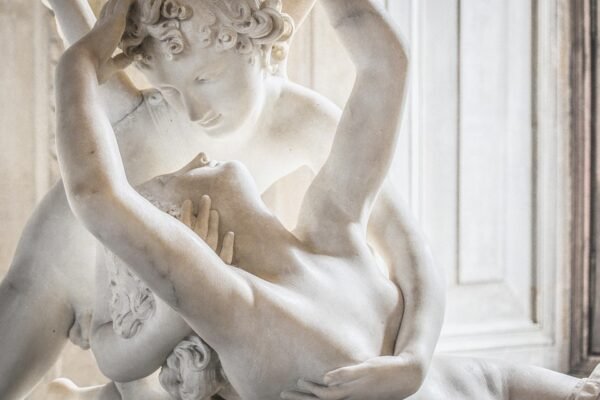

Unlocking History from Two Hundred Years Ago – Retro Timeline
The year was 1822, and a 31-year-old Frenchman named Jean-François Champollion stood in his brother’s Paris office, declaring triumphantly, “Je tiens mon affaire!” (“I’ve got it!”). This momentous breakthrough marked a turning point in human understanding, all thanks to the discovery of the Ancient Egyptian Rosetta Stone.
This extraordinary stone, found during Napoleon Bonaparte’s Egyptian campaign in 1799, was a black basalt slab featuring inscriptions in Greek, Demotic, and hieroglyphics. It played a crucial role in unraveling the mysteries of hieroglyphics, a script that had puzzled scholars for centuries.
The Rosetta Stone, a fragment of a larger slab erected at an Egyptian temple in 196 B.C.E. during the reign of Ptolemy V, held inscriptions in three scripts: Hieroglyphs, Demotic (a shorthand form of hieroglyphs), and Ancient Greek. This trilingual nature made it the key to deciphering the ancient Egyptian language and culture.
The challenge of deciphering the Rosetta Stone was no easy feat. Hieroglyphs were complex symbols rich in meaning, combining phonetic, pictographic, and ideographic elements. Early attempts at decipherment faltered due to the script’s intricacies and the differences between the three scripts on the stone.
As scholars grappled with the stone, two figures emerged as frontrunners in the decipherment race: Jean-François Champollion and Thomas Young. Their rivalry was heightened by the geopolitical backdrop of France and England being great rivals at the time.
Young made an initial breakthrough by focusing on hieroglyphs enclosed in oval frames, known as cartouches. He proposed that hieroglyphs could be phonetic, especially when writing foreign names with similar pronunciations across languages. However, Young’s progress stalled as he hesitated to fully embrace the idea that hieroglyphs represented sounds.
Champollion, on the other hand, combined his knowledge of Coptic, a language derived from ancient Egyptian, with Young’s insights to crack the code. By comparing hieroglyphs with the Greek translation on the Rosetta Stone, Champollion identified phonetic values for hieroglyphs and translated additional cartouches. His breakthrough came when he deciphered the cartouche for Ramses, confirming that hieroglyphs were phonetic.
The legacy of the Rosetta Stone extends beyond its physical presence. It opened the door to the rich history and culture of ancient Egypt, allowing us to hear their voices and understand their civilization. The stone’s ongoing presence at the British Museum has sparked controversies, with calls for repatriation to Egypt where it could serve as a symbol of national heritage.
Two hundred years later, the Rosetta Stone remains an iconic artifact that symbolizes the human spirit’s unquenchable thirst for knowledge. It stands as a timeless testament to the ability of dedicated individuals to unlock the mysteries of history and connect with ancient civilizations.
In conclusion, the Rosetta Stone is more than just a relic of the past; it is a key to understanding the rich history and culture of ancient Egypt, a legacy that continues to captivate and inspire curiosity in generations to come.







